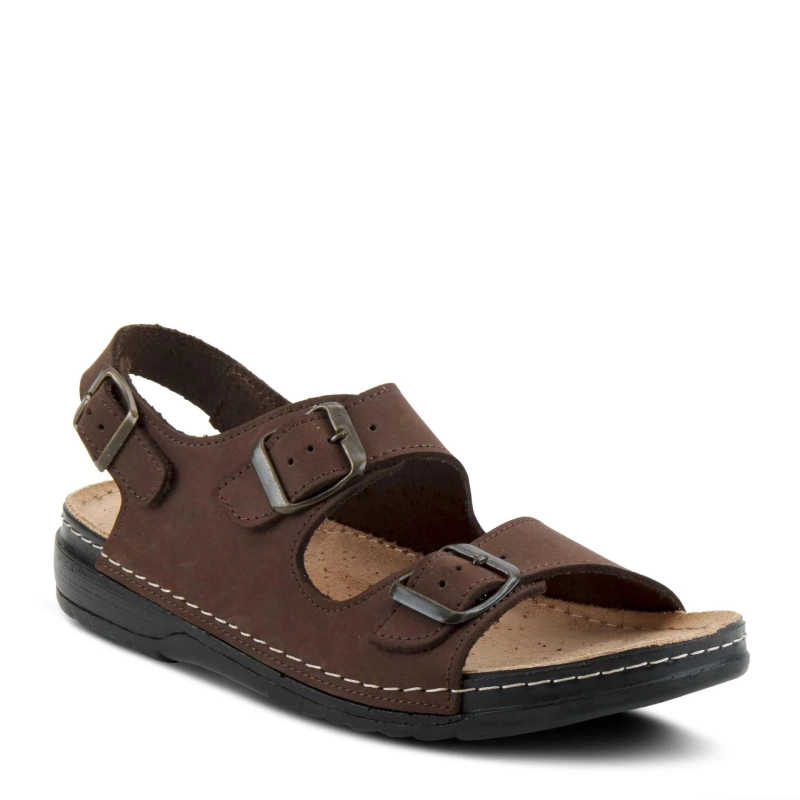When selecting mens leather slip-on shoes, one crucial decision you'll face is choosing between leather and rubber soles. Each type offers distinct advantages and considerations that can impact comfort, durability, and style. Understanding the differences between leather and rubber soles will help you make an informed decision that suits your needs and preferences.
Understanding Leather Soles
Leather soles have been a hallmark of quality dress shoes for centuries. Here are the key characteristics and considerations:
Elegance and Aesthetics: Leather soles are often associated with luxury and sophistication, making them ideal for formal and dressy occasions. They have a sleek, polished appearance that complements tailored suits and business attire.Breathability: Leather is a natural material that allows for breathability, which helps to regulate foot temperature and minimize sweat and odour.Flexibility and Comfort: Leather soles tend to mould to the shape of the foot over time, providing a customized fit and increasing comfort with wear.Maintenance: Leather soles require regular care and maintenance to prolong their lifespan. They are susceptible to water damage and wear down more quickly on rough or wet surfaces.Traction: While leather soles provide adequate traction on dry indoor surfaces, they can be slippery on smooth or wet outdoor surfaces.Considering Rubber Soles
Rubber soles have become increasingly popular for their practicality and versatility. Here's why they might be the right choice for your men's leather slip-on shoes:
Durability: Rubber soles are more durable and resistant to wear and tear than leather soles. They offer better traction and grip on various surfaces, making them suitable for outdoor and casual wear.Water Resistance: Unlike leather, rubber is naturally waterproof or water-resistant, providing better protection against moisture and inclement weather conditions.Shock Absorption: Rubber soles provide excellent shock absorption, which reduces impact on your feet and joints when walking or standing for extended periods.Low Maintenance: Rubber soles are easier to clean and require less maintenance than leather soles. They are less prone to scuffing and damage from moisture or rough surfaces.Versatility: Rubber soles are versatile and can be styled for casual and smart-casual outfits. They offer a modern and functional alternative to traditional leather soles.Choosing the Right Sole for Your Needs
When deciding between leather and rubber soles for your men's leather slip-on shoes, consider the following factors:
Occasion and Style: Leather soles are best suited for formal or dressy occasions with a desired polished appearance. Rubber soles are ideal for casual or everyday wear, offering comfort and durability.Climate and Weather: If you live in an area with frequent rain or snow, rubber soles may provide better traction and protection against moisture. Leather soles require more care to maintain in such conditions.Comfort and Support: Consider your comfort preferences and how much time you spend walking or standing. Leather soles may offer a more personalized fit over time, while rubber soles provide immediate comfort and support.Maintenance: Assess how much time and effort you will invest in maintaining your shoes. Leather soles require regular conditioning and protection, whereas rubber soles require less maintenance.The choice between leather and rubber soles for men's leather slip-on shoes ultimately depends on your lifestyle, preferences, and intended use. Leather soles offer elegance and comfort but require more upkeep, while rubber soles provide durability and versatility with less maintenance. Whether you prioritize style, functionality, or practicality, understanding the differences between these two sole options will help you make a confident decision that suits your needs and enhances your footwear collection.


